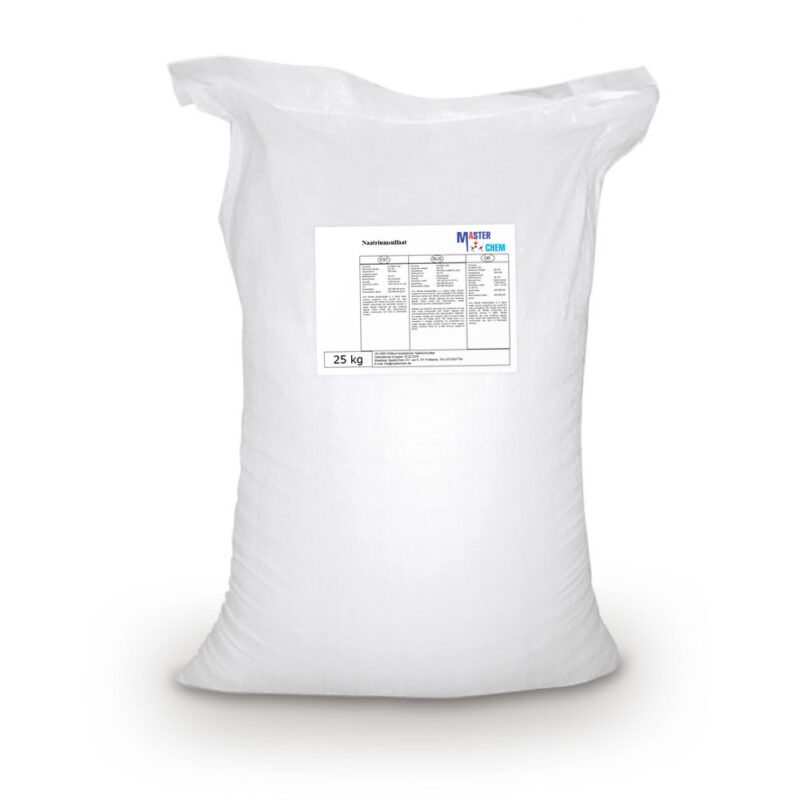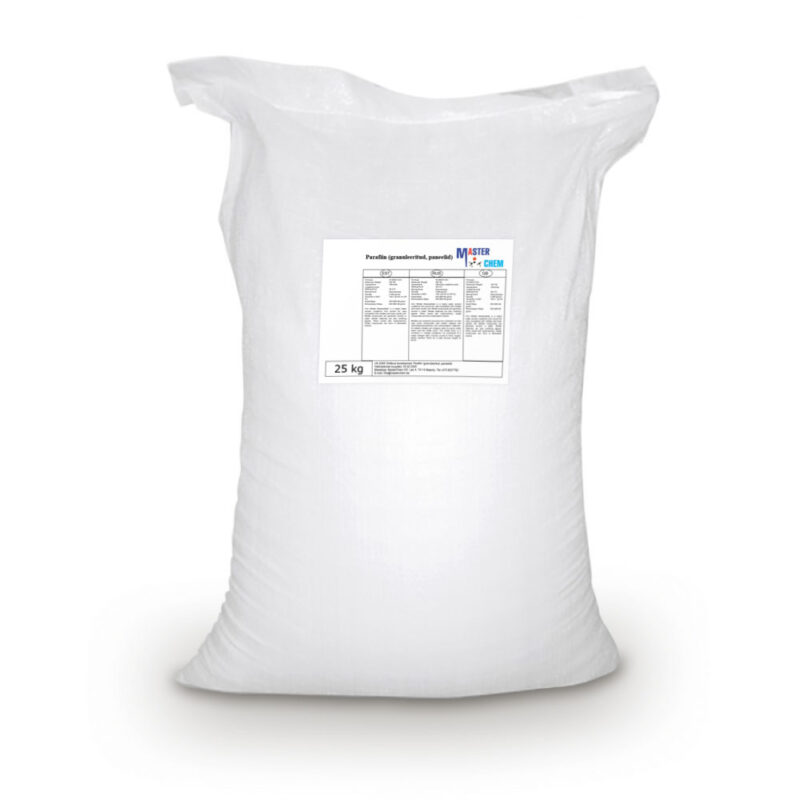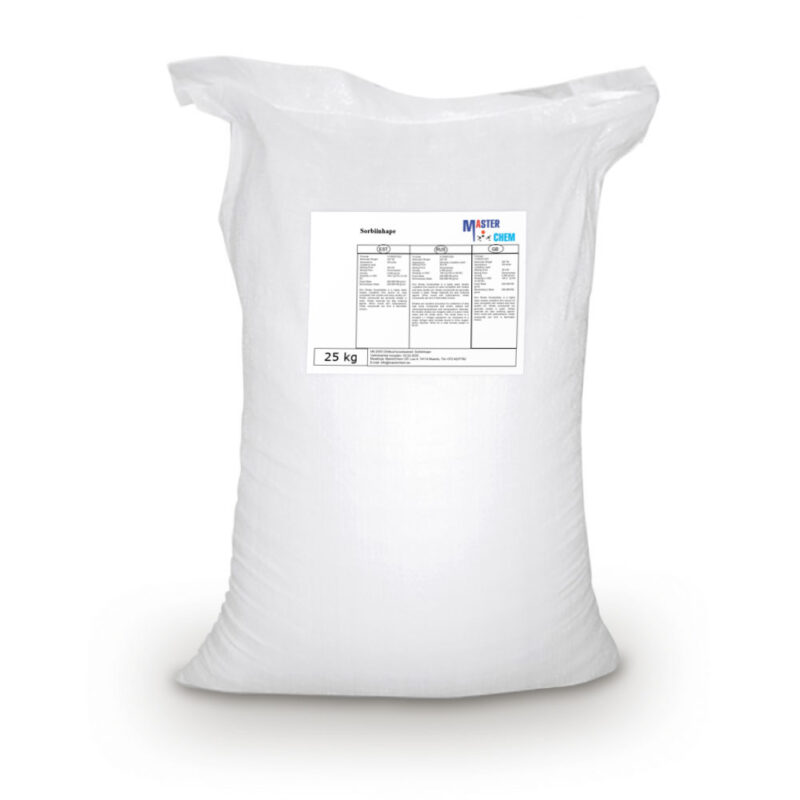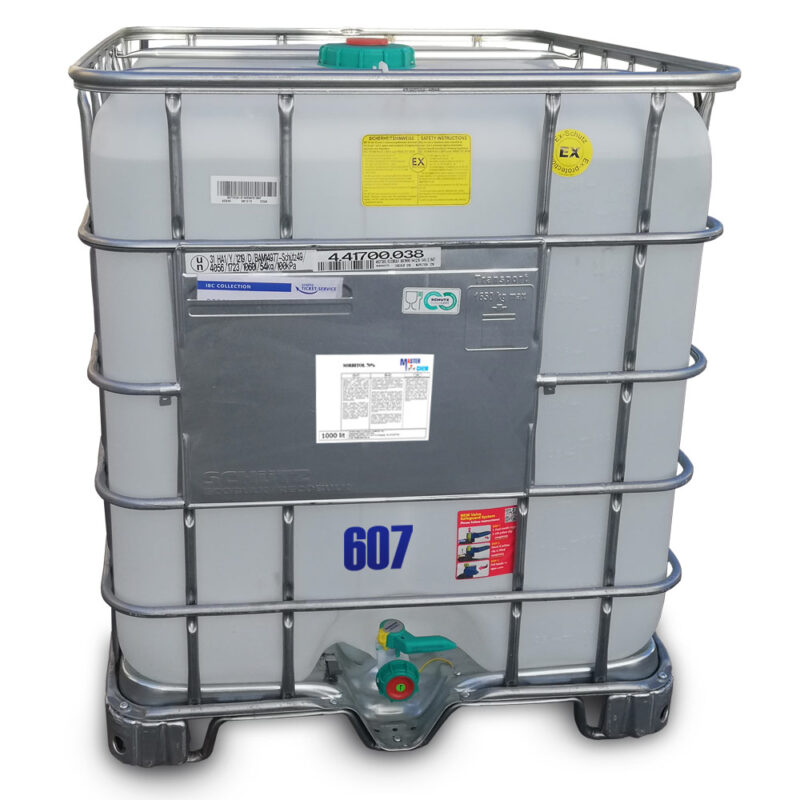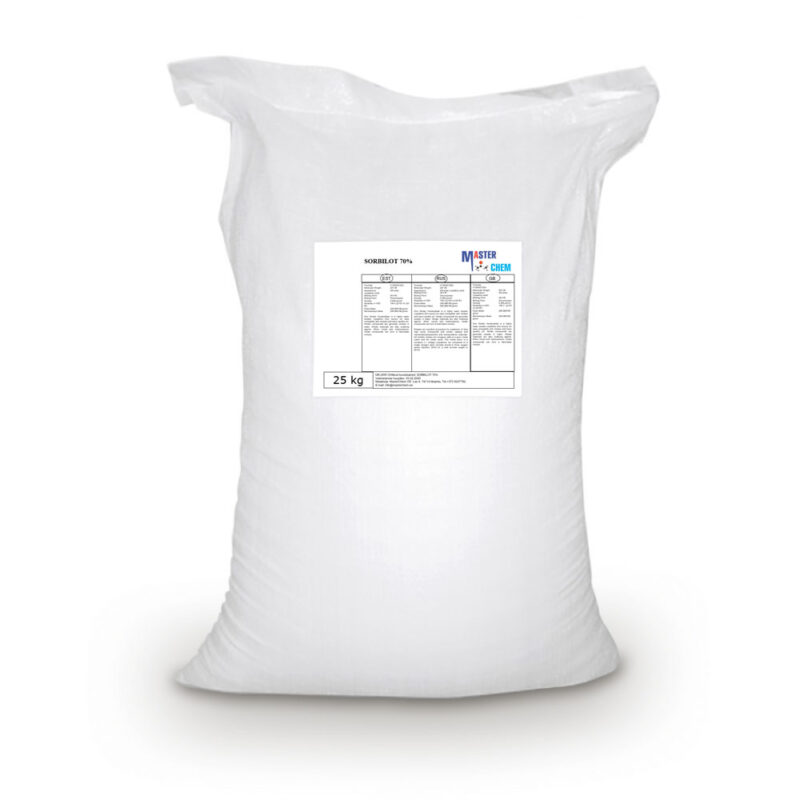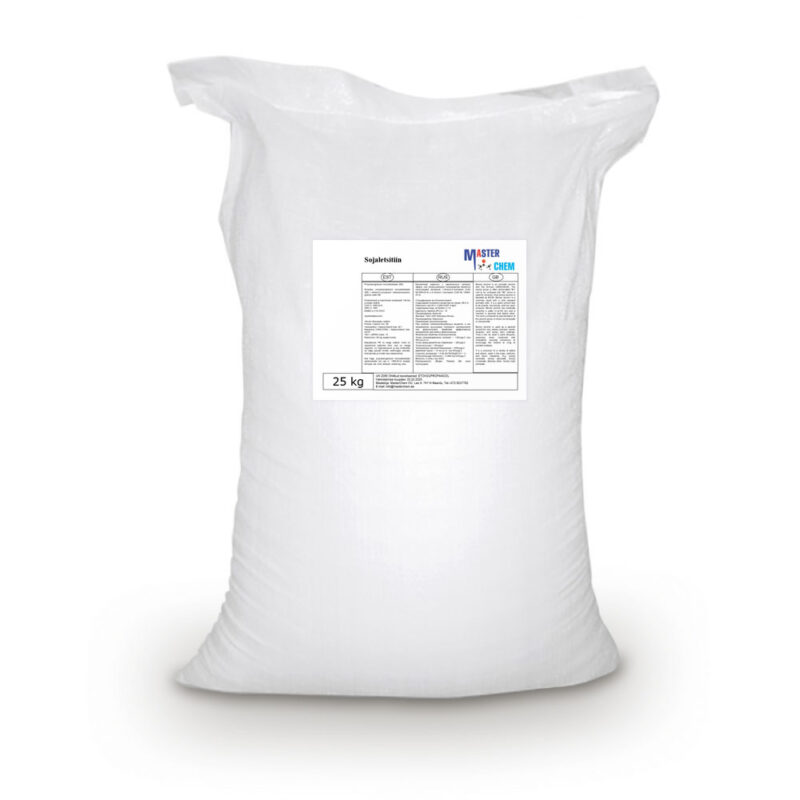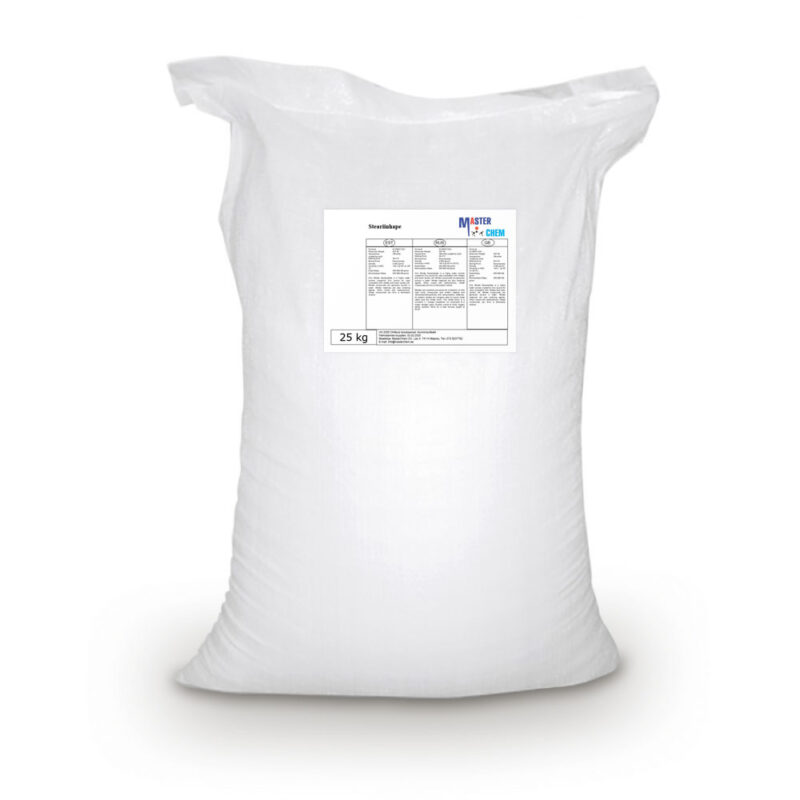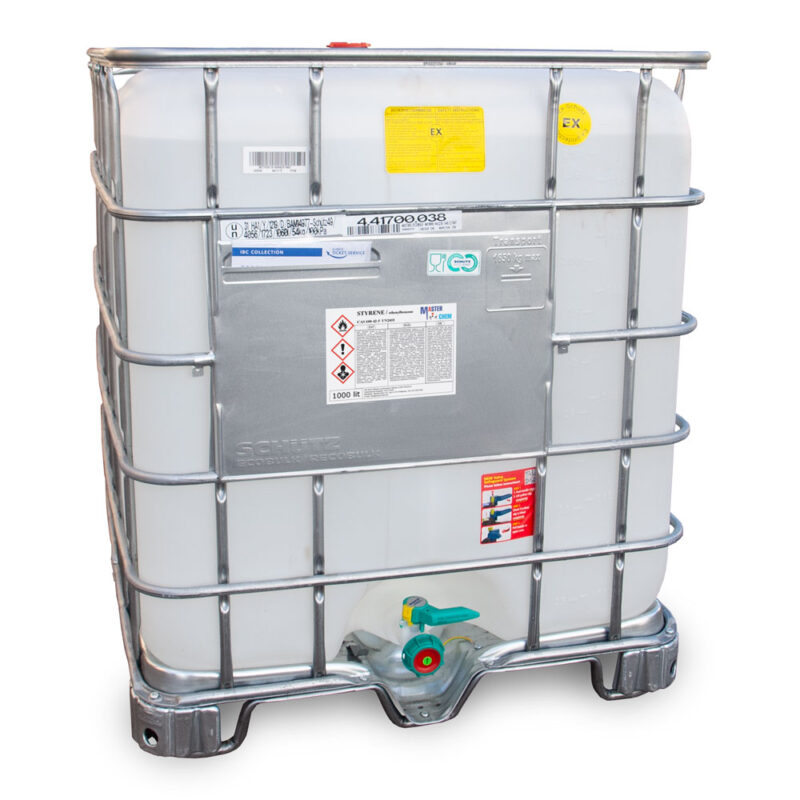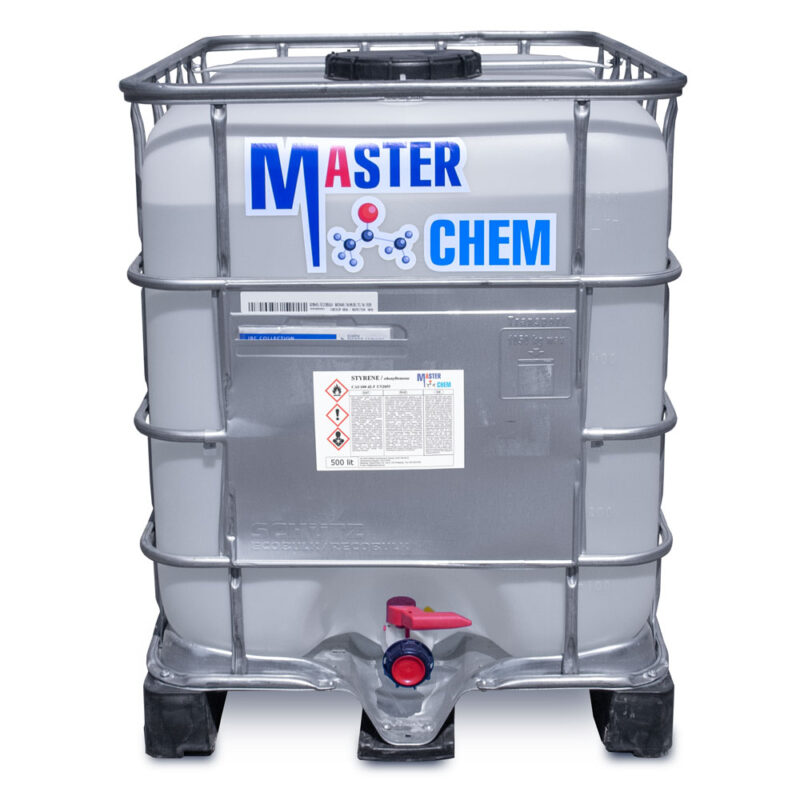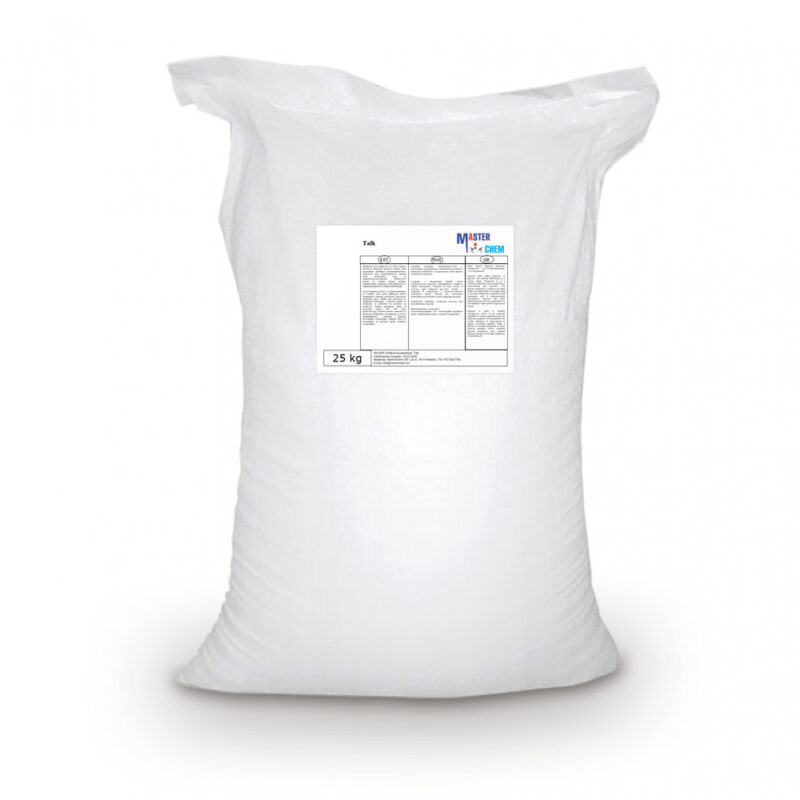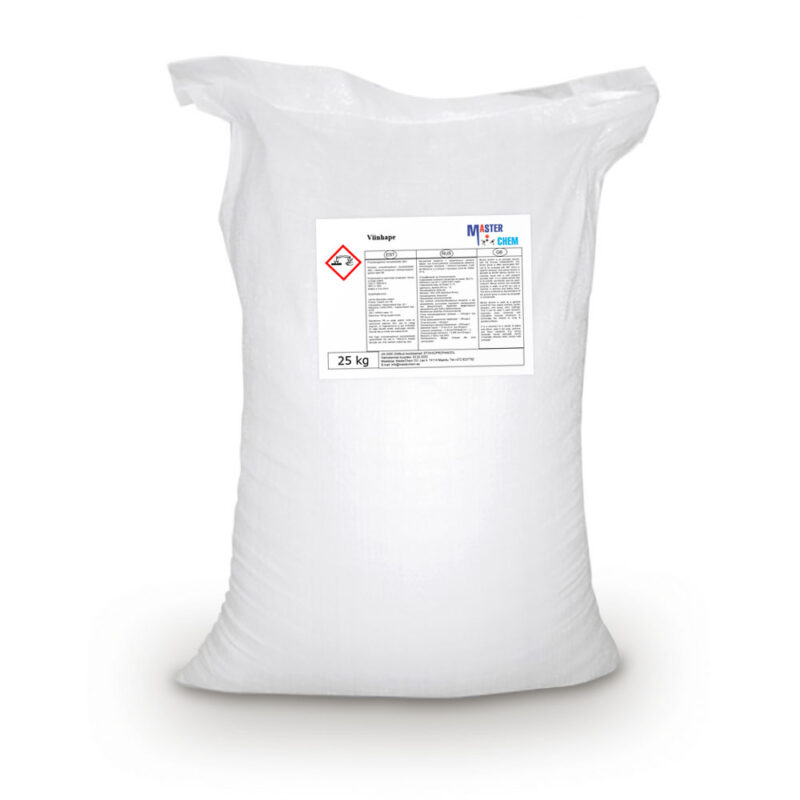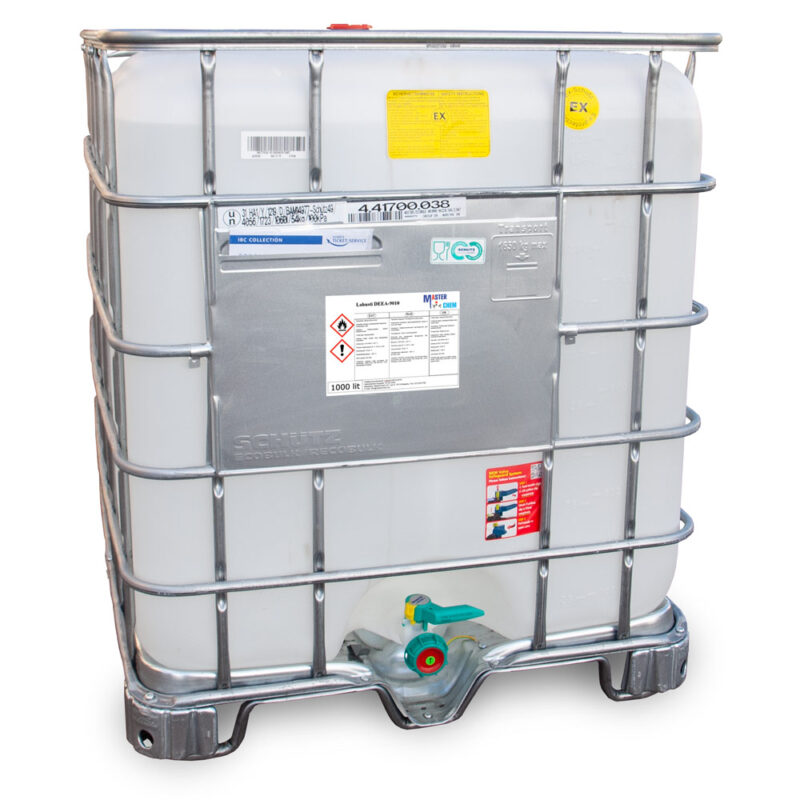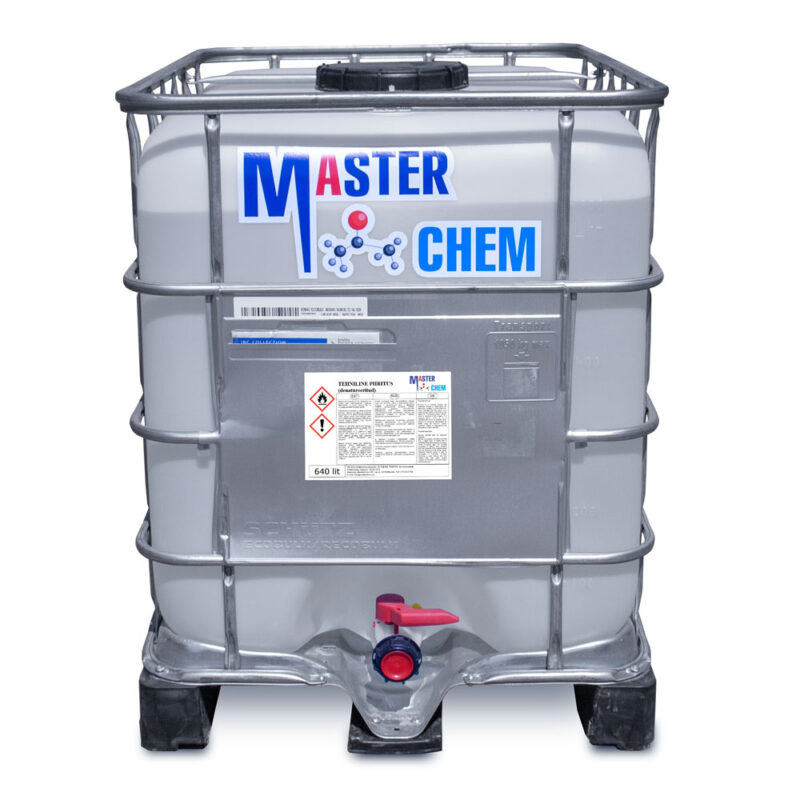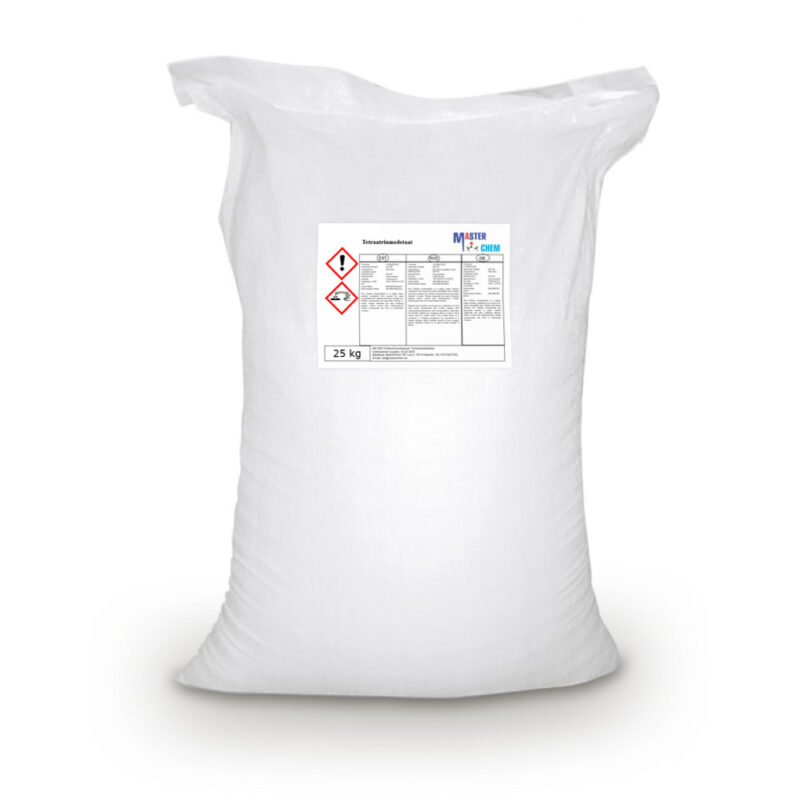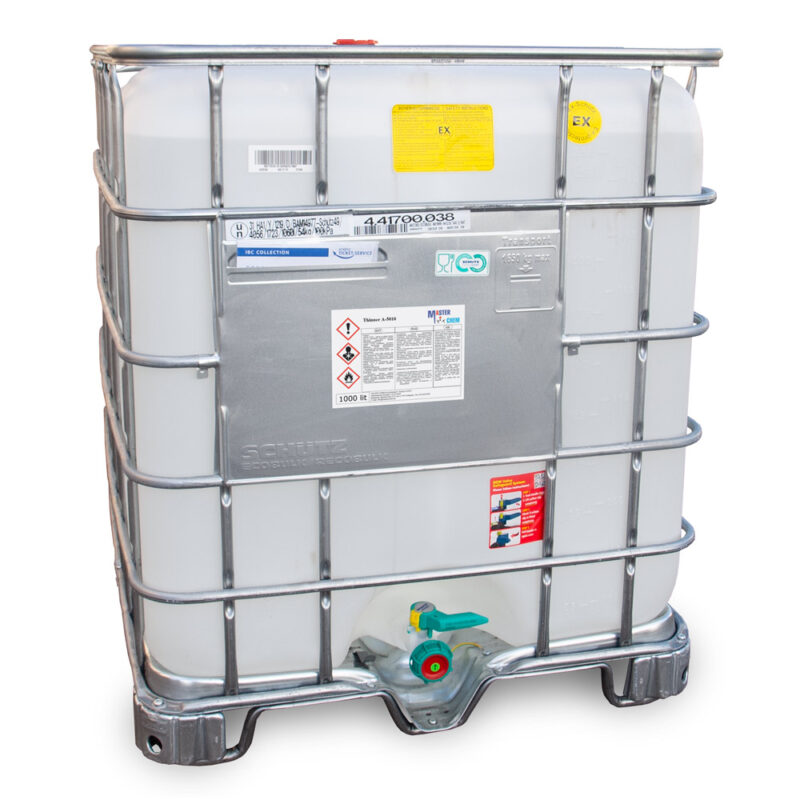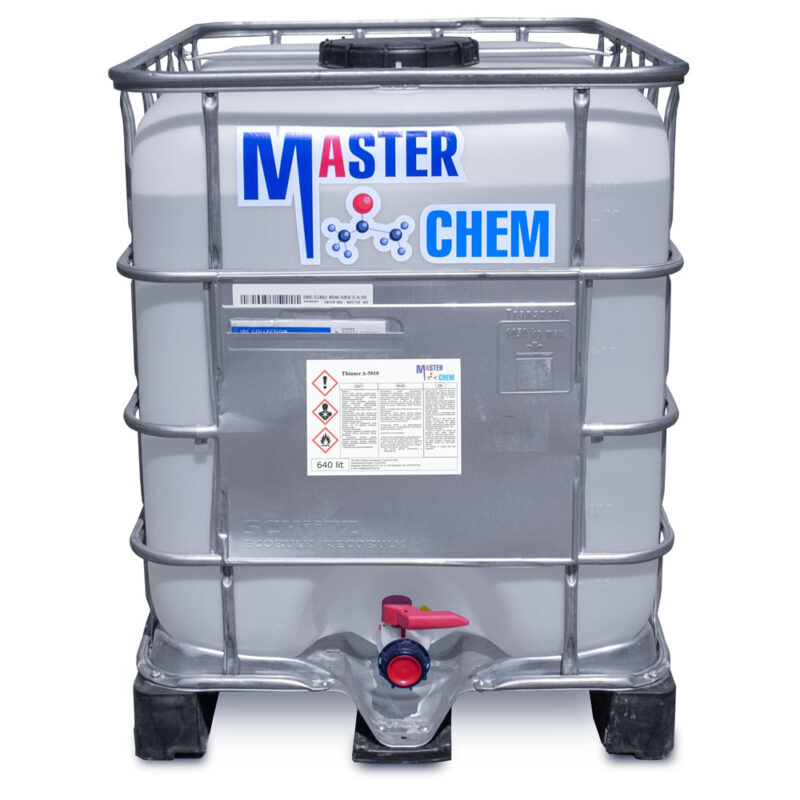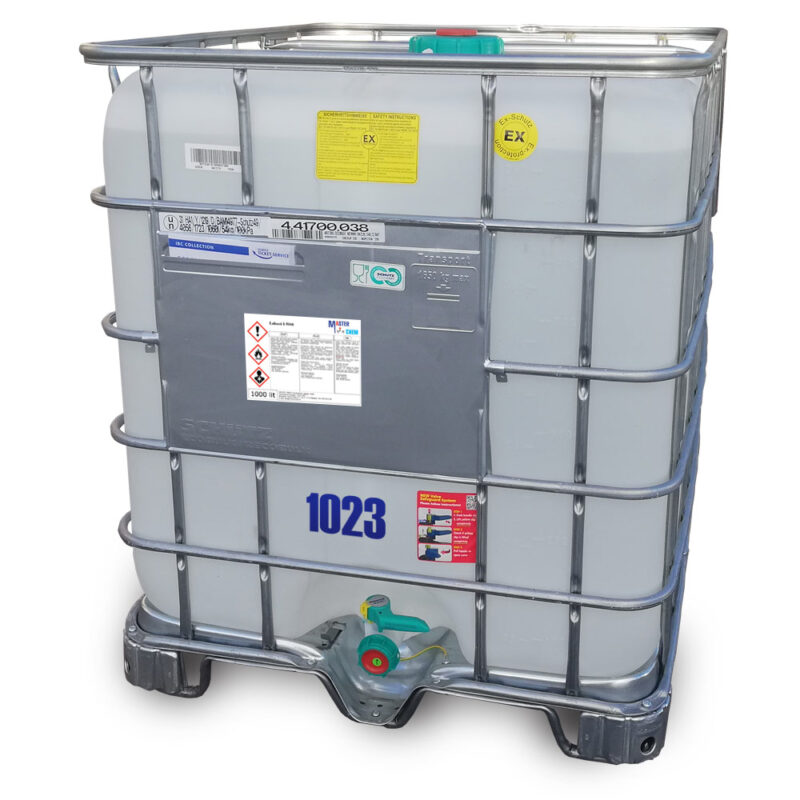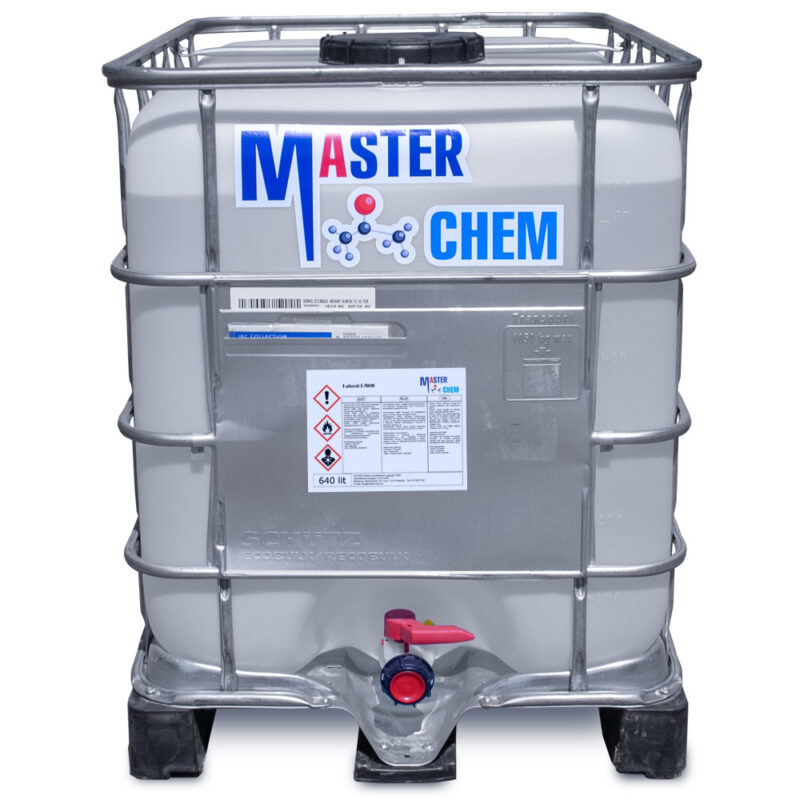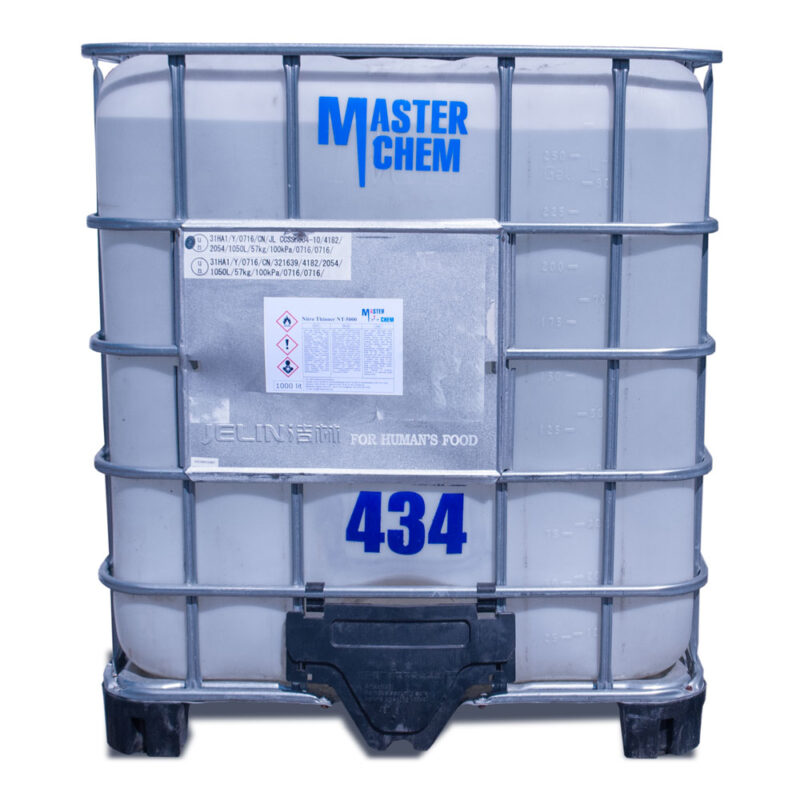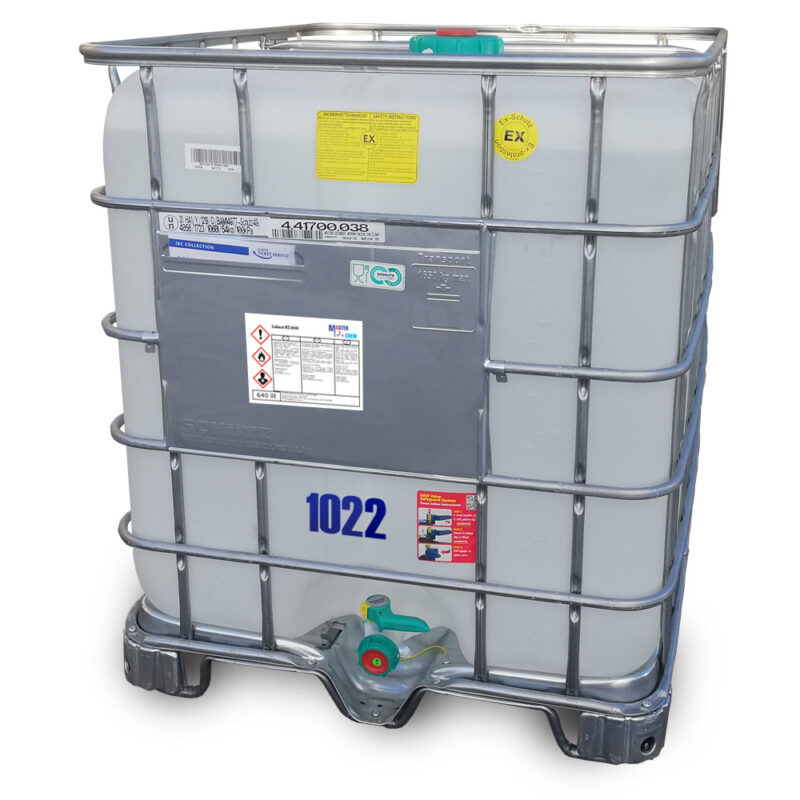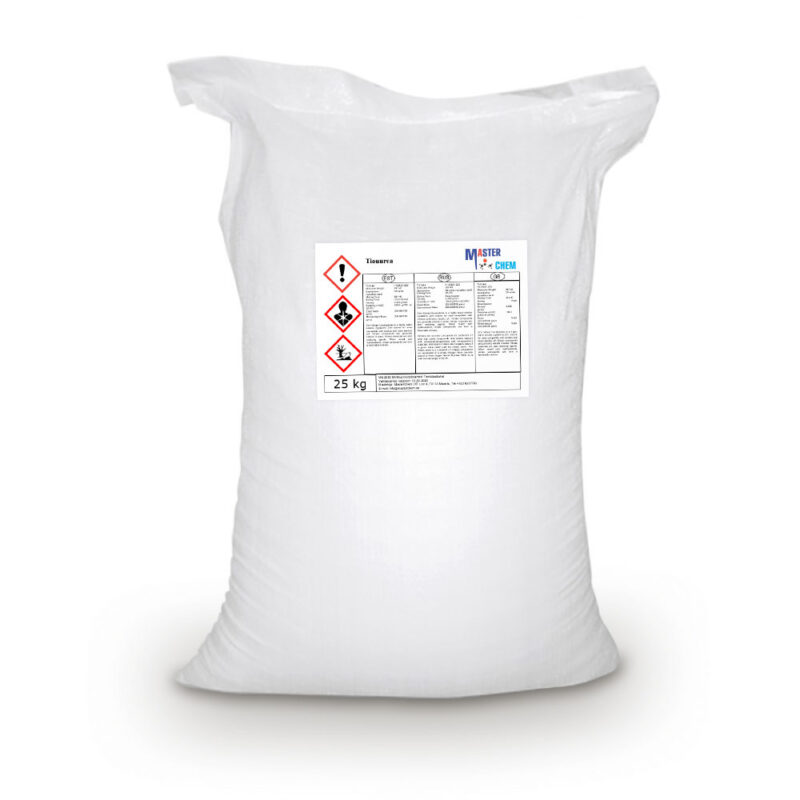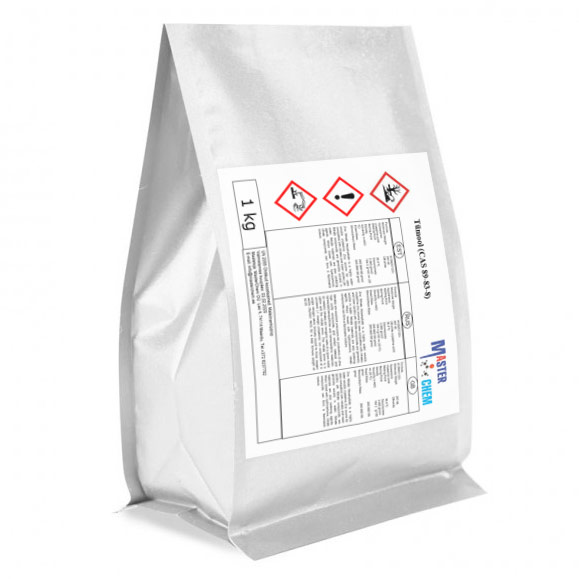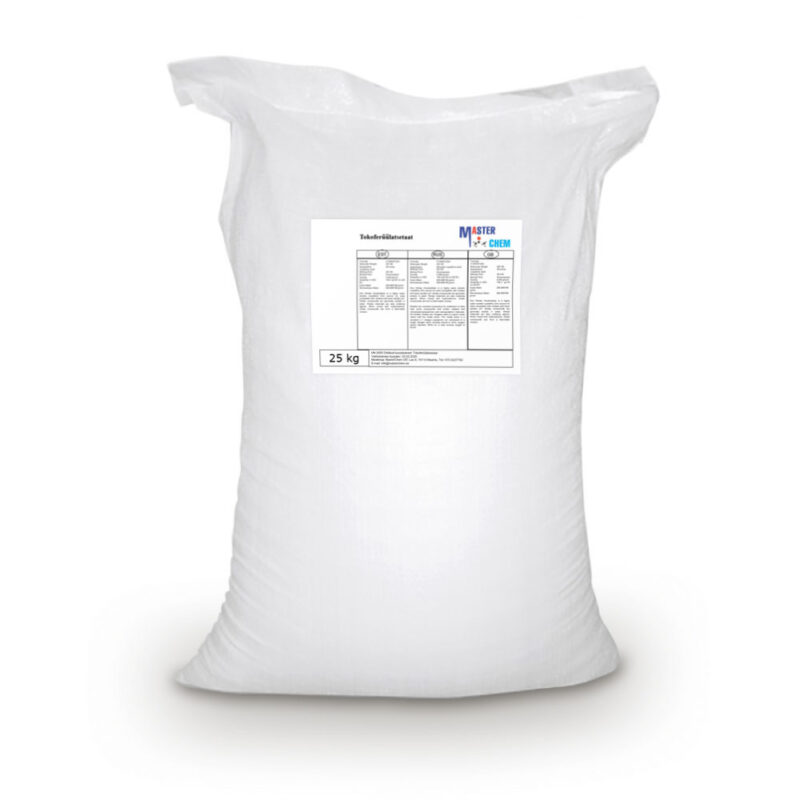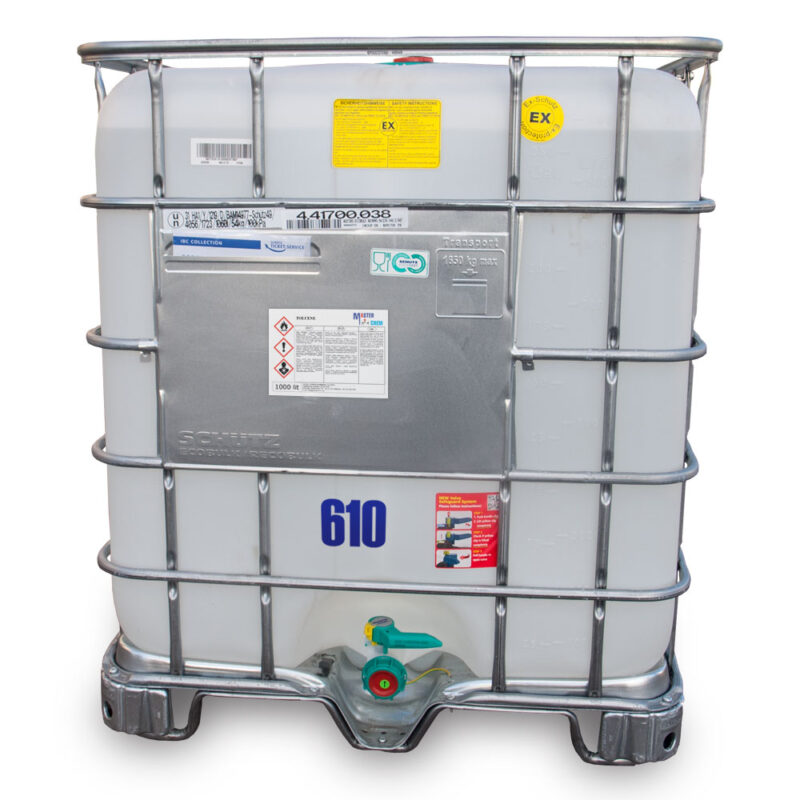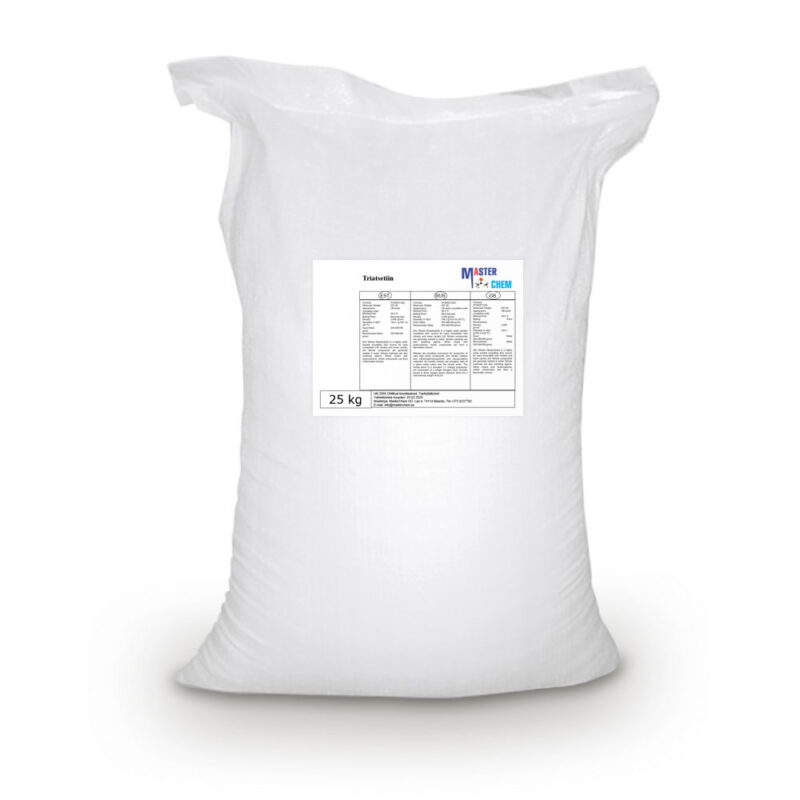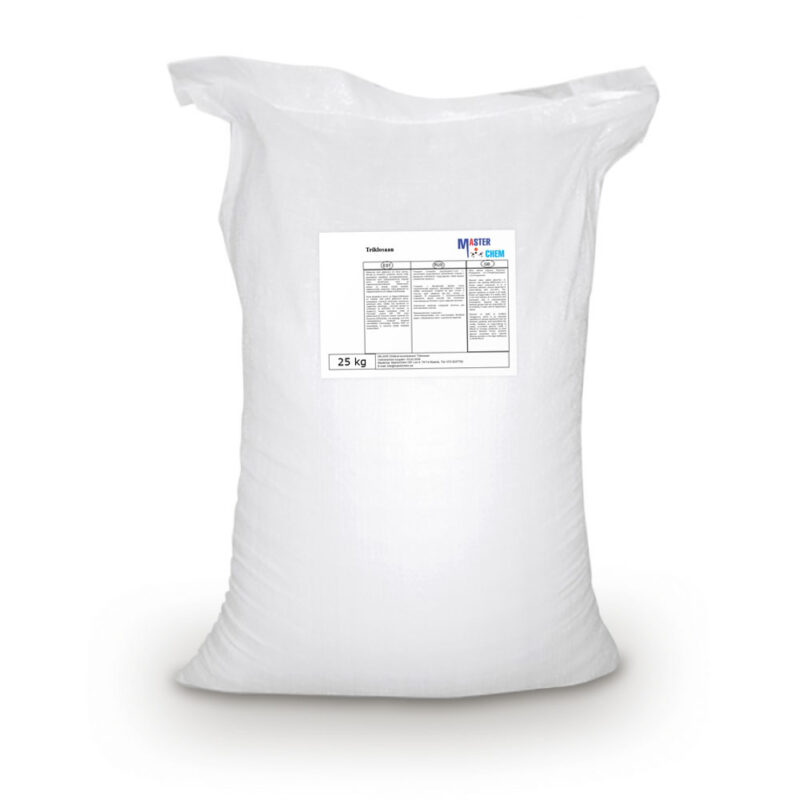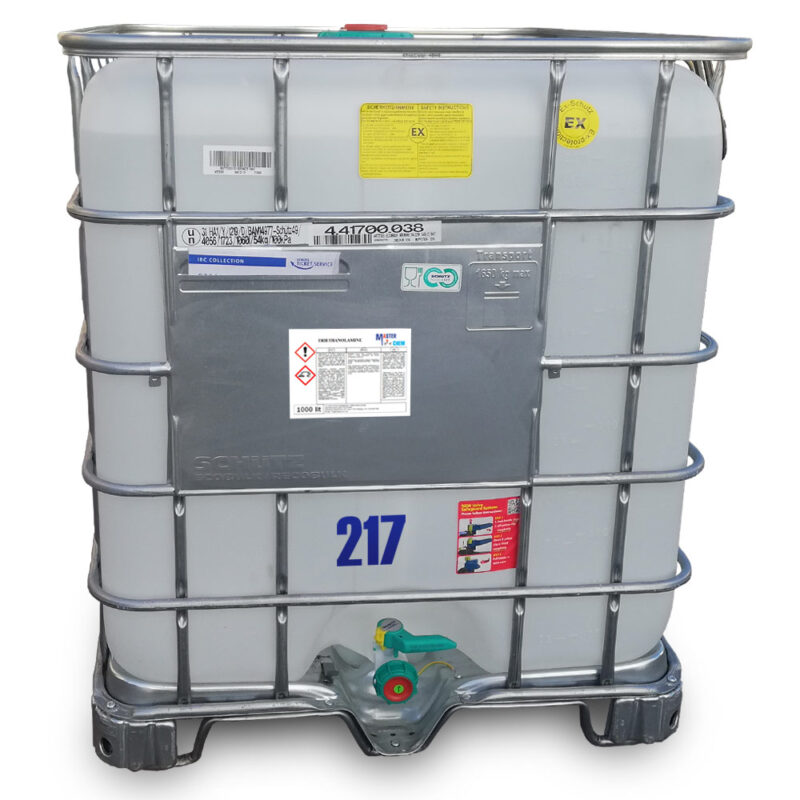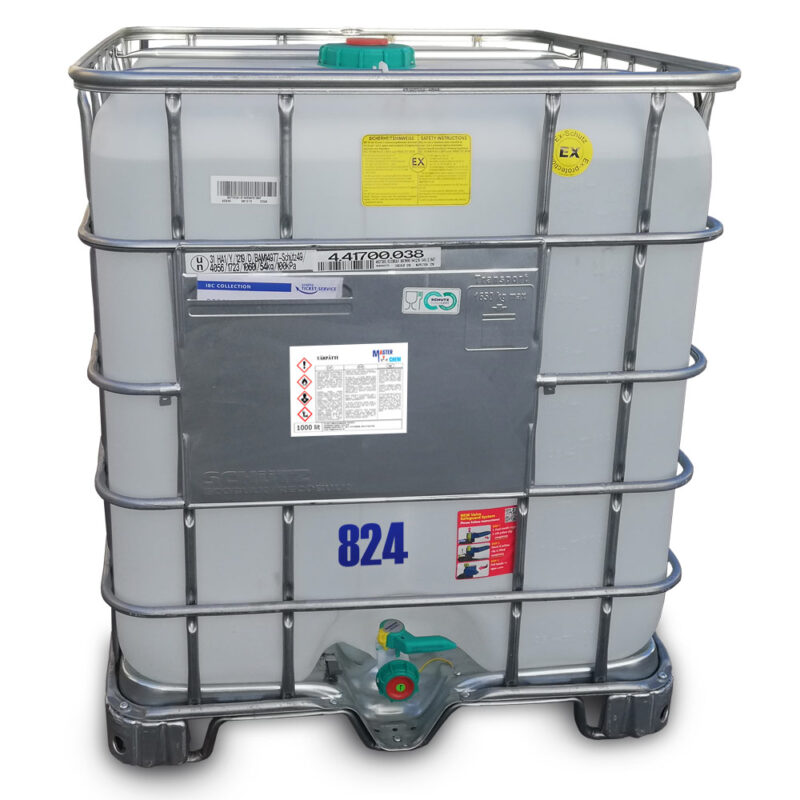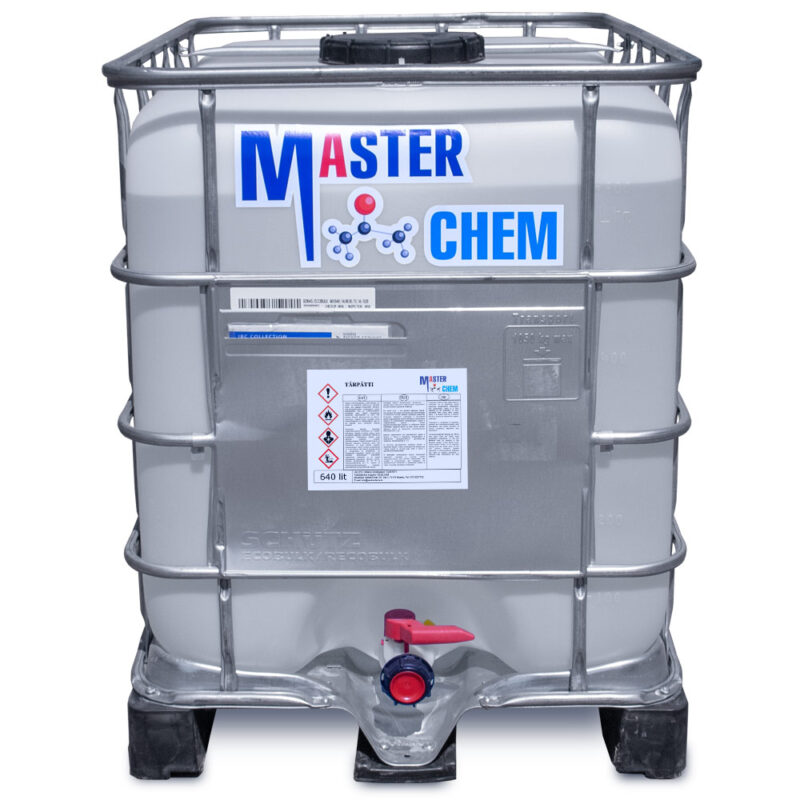Sodium sulphate anhydrate (CAS 7757-82-6)
Sodium sulphate anhydrate (CAS 7757-82-6)
Sodium sulfate (also known as sodium sulphate or sulfate of soda) is the inorganic compound with formula Na2SO4 as well as several related hydrates. All forms are white solids that are highly soluble in water. With an annual production of 6 million tonnes, the decahydrate is a major commodity chemical product. It is mainly used as a filler in the manufacture of powdered home laundry detergents and in the Kraft process of paper pulping for making highly alkaline sulfides.
Solid paraffin (granulated, panels) (CAS 8002-74-2)
Solid paraffin (granulated, panels) (CAS 8002-74-2)
Paraffin wax (or petroleum wax) is a soft colorless solid derived from petroleum, coal or oil shale that consists of a mixture of hydrocarbon molecules containing between twenty and forty carbon atoms. It is solid at room temperature and begins to melt above approximately 37 °C (99 °F), and its boiling point is above 370 °C (698 °F). Common applications for paraffin wax include lubrication, electrical insulation, and candles; dyed paraffin wax can be made into crayons. It is distinct from kerosene and other petroleum products that are sometimes called paraffin.
Un-dyed, unscented paraffin candles are odorless and bluish-white. Paraffin wax was first created by Carl Reichenbach in Germany in 1830 and marked a major advancement in candlemaking technology, as it burned more cleanly and reliably than tallow candles and was cheaper to produce.
In chemistry, paraffin is used synonymously with alkane, indicating hydrocarbons with the general formula CnH2n+2. The name is derived from Latin parum (“barely”) + affinis, meaning “lacking affinity” or “lacking reactivity”, referring to paraffin’s unreactive nature.
Sorbic acid (CAS 110-44-1)
Sorbic acid (CAS 110-44-1)
Sorbic acid, or 2,4-hexadienoic acid, is a natural organic compound used as a food preservative. It has the chemical formula CH3(CH)4CO2H. It is a colourless solid that is slightly soluble in water and sublimes readily. It was first isolated from the unripe berries of the Sorbus aucuparia (rowan tree), hence its name.
Sorbic acid and its salts, such as sodium sorbate, potassium sorbate, and calcium sorbate, are antimicrobial agents often used as preservatives in food and drinks to prevent the growth of mold, yeast, and fungi. In general the salts are preferred over the acid form because they are more soluble in water, but the active form is the acid. The optimal pH for the antimicrobial activity is below pH 6.5. Sorbates are generally used at concentrations of 0.025% to 0.10%. Adding sorbate salts to food will, however, raise the pH of the food slightly so the pH may need to be adjusted to assure safety. It is found in foods such as cheeses and breads.
Sorbilot 70% (CAS 68425-17-2)
Sorbilot 70% (CAS 68425-17-2)
Sorbitol is a hexahydric alcohol which is present in small amounts in fruit. The commercial product is obtained by hydrogenation of dextrose. Sorbitol is used in cosmetics, toothpaste, tobacco, pharmaceuticals etc. Sorbitol 70% Type NC is a non-crystallizable aquous solution.
The product is used as a base ingredient, sweetener and humectant in cosmetics and pharmaceuticals e.g. tablets/pills, toothpastes, cough syrups or mouthwashes. Also in the food industry the product is used and listed as a food additive with the number E 420. As an alternative for Glycerin, Sorbitol can be used in various technical applications such as textile auxiliaries and polyurethanes.
Sorbilot 70% (CAS 68425-17-2)
Sorbilot 70% (CAS 68425-17-2)
Sorbitol is a hexahydric alcohol which is present in small amounts in fruit. The commercial product is obtained by hydrogenation of dextrose. Sorbitol is used in cosmetics, toothpaste, tobacco, pharmaceuticals etc. Sorbitol 70% Type NC is a non-crystallizable aquous solution.
The product is used as a base ingredient, sweetener and humectant in cosmetics and pharmaceuticals e.g. tablets/pills, toothpastes, cough syrups or mouthwashes. Also in the food industry the product is used and listed as a food additive with the number E 420. As an alternative for Glycerin, Sorbitol can be used in various technical applications such as textile auxiliaries and polyurethanes.
Soya lecithin (CAS 8002-43-5)
Soya lecithin (CAS 8002-43-5)
Food-grade lecithin is obtained from soybeans and other plantsources. It is a complex mixture of acetone-insoluble phosphatides that consists chiefly of phosphatidyl choline, phosphatidyl etha nolamine, and phosphatidyl inositol, combined with various amounts of other substances such as triglycerides, fatty acids, and carbohydrates. Refined grades of lecithin may contain any of these components in varying proportions and combinations depending on the type of fractionation used. In its oil-free form, the prepon-derance of triglycerides and fatty acids is removed and the product contains 90% or more of phosphatides representing all or certain fractions of the total phosphatide complex. The consistency of both natural grades and refined grades of lecithin may vary from plastic to fluid, depending upon free fatty acid and oil content, and upon the presence or absence of other diluents. Its color varies from light yellow to brown, depending on the source, on crop variations, and on whether it is bleached or unbleached. It is odorless or has a characteristic, slight nutlike odor and a bland taste. Edible diluents, such as cocoa butter and vegetable oils, often replace soybean oil to improve functional and flavor characteris tics. Lecithin is only partially soluble in water, but it readily hydrates to form emulsions. The oil-free phosphatides are soluble in fatty acids, but are practically insoluble in fixed oils. When all phosphatide fractions are present, lecithin is partially soluble in alcohol and practically insoluble in acetone.
Stearic Acid (CAS 67701-03-5)
Stearic Acid (CAS 67701-03-5)
Stearic acid is a saturated fatty acid with an 18-carbon chain. The IUPAC name is octadecanoic acid. It is a waxy solid and its chemical formula is C17H35CO2H. Its name comes from the Greek word στέαρ “stéar”, which means tallow. The salts and esters of stearic acid are called stearates. As its ester, stearic acid is one of the most common saturated fatty acids found in nature following palmitic acid. The triglyceride derived from three molecules of stearic acid is called stearin.
In general, the applications of stearic acid exploit its bifunctional character, with a polar head group that can be attached to metal cations and a nonpolar chain that confers solubility in organic solvents. The combination leads to uses as a surfactant and softening agent. Stearic acid undergoes the typical reactions of saturated carboxylic acids, a notable one being reduction to stearyl alcohol, and esterification with a range of alcohols. This is used in a large range of manufactures, from simple to complex electronic devices.
Styrene (CAS 100-42-5)
Styrene (CAS 100-42-5)
Styrene, also known as ethenylbenzene, vinylbenzene, and phenylethene, is an organic compound with the chemical formula C6H5CH=CH2. This derivative of benzene is a colorless oily liquid that evaporates easily and has a sweet smell, although high concentrations have a less pleasant odor. Styrene is the precursor to polystyrene and several copolymers.
Talc (CAS 14807-96-6)
Talc (CAS 14807-96-6)
Talc, or talcum, is a clay mineral, composed of hydrated magnesium silicate with the chemical formula Mg3Si4O10(OH)2. Talc in powdered form, often combined with corn starch, is used as baby powder. This mineral is used as a thickening agent and lubricant; is an ingredient in ceramics, paint, and roofing material; and is a main ingredient in many cosmetics. It occurs as foliated to fibrous masses, and in an exceptionally rare crystal form. It has a perfect basal cleavage and an uneven flat fracture, and it is foliated with a two-dimensional platy form.
Tartaric acid (CAS 87-69-4)
Tartaric acid (CAS 87-69-4)
Tartaric acid is a white, crystalline organic acid that occurs naturally in many fruits, most notably in grapes, but also in bananas, tamarinds, and citrus. Its salt, potassium bitartrate, commonly known as cream of tartar, develops naturally in the process of fermentation. It is commonly mixed with sodium bicarbonate and is sold as baking powder used as a leavening agent in food preparation. The acid itself is added to foods as an antioxidant E334 and to impart its distinctive sour taste. Naturally occurring tartaric acid is a useful raw material in organic chemical synthesis. Tartaric acid is an alpha-hydroxy-carboxylic acid, is diprotic and aldaric in acid characteristics, and is a dihydroxyl derivative of succinic acid.
Technical alcohol
Technical (denatured) alcohol MasterChem is suitable both as a fuel for alcohol lamps and grilling light, as well as for cleaning various surfaces from grease and oil. Wear protective gloves, masks, and clothing when using for personal protection. Do not smoke or inhale during use!
Caution! Technical spirit MasterChem is not suitable for drinking!
Tetrasodium edetate (CAS 64-02-8)
Tetrasodium edetate (CAS 64-02-8)
Tetrasodium edetate is the salt resulting from the neutralization of ethylenediaminetetraacetic acid with four equivalents of sodium hydroxide (or an equivalent sodium base). It is a white solid that is highly soluble in water. Commercial samples are often hydrated, e.g. Na4EDTA.4H2O. The properties of solutions produced from the anhydrous and hydrated forms are the same, provided they are at the same pH.
It is used as a source of the chelating agent EDTA4-. A 1% aqueous solution has a pH of approximately 11.3. When dissolved in neutral water, it converts partially to H2EDTA2-. Ethylenediaminetetraacetic acid is produced commercially via the intermediacy of tetrasodium EDTA.
Thinner A-5010 (CAS 1330-20-7)
Thinner A-5010 – solvent for alkyd end epoxy based paints, primers, varnishes and coatings. It is a specially prepared multi-component mixture of organic solvents based on xylene.
Thinner A-5010 is used in the synthesis of dyes, as well as a liquid suitable for dissolving epoxy resin, paints based on glyphthal resins, bitumen varnishes. Paint with Thinner A-5010 dries longer, but shines better.
Thinner A-5010 Is a quaranteed best result, proven by longterm proffessional experience.
Thinner A-5010 is best suited for thinning all types of alkyd paints, enamels and primers to working viscosity, degreasing the surface before painting and cleaning tools after work.
Thinner I-5008
Thinner I-5008: Universal solvent for cleaning equipment after water-based paints.
Thinner I-5008: Suitable for thinning paints, water-based base primers.
Thinner I-5008: It has unique properties to wash off all polymer residues and dust, due to a mixture of high quality alcohols and acetates: Etanool, n-Butüülatsetaat, 1-methoxy 2-propanool, Propaan-2-ool.
Thinner I-5008: Low Volatile Organic Compound (VOC): 550g / L
Thinner Nitro NT-5000
THINNER NITRO, as a mixture of quality organic solvents (6 components).This is a product used for thinning lacquers, paints, enamel, varnishes and for cleaning the corresponding brushes, rollers and other tools. MasterChem produce this product directly.
THINNER RT-6006 – SOLVENT FOR RUBBER INDUSTRY
Solvent RT-6006 – is a solvent for the production of rubber products. Produced on the basis of light fractions of dearomatized straight distillation gasoline of low-sulfur petroleum products.
Solvent RT-6006 belongs to the 4th hazard class (low hazard).
Application and usage:
THINNER RT-6006 is used in the rubber industry, for the production of pipes and belts; for the preparation of rubber adhesives, and various mastics, printing inks.
For dissolving and bringing paints and varnishes to a working consistency.
Solvent RT-6006 is also used to degrease fabrics and leather, degrease electrical equipment, surfaces (before painting and not only), washing bearings, fittings before conservation, making special quick-drying oil paints, electrical insulating varnishes, diluting oil, bitumen and ethylene paints and varnishes, epoxy resins, removing small grease and oil stains from all types of fabric; Recommended as fuel for gasoline blowtorches. In addition, it is possible to use this type of gasoline as a fuel for catalytic heating pads, it also finds application in organic chemistry and is most often used in the repair of automatic transmissions, engines and other aggregate units. Indispensable in the optical industry
Solvent RT-6006 Also used for washing parts and fittings before conservation, in the production of artificial furs; in the production of paints and varnishes; for extracting rosin from wood
Thiourea (CAS 62-56-6)
Thiourea (CAS 62-56-6)
Thiourea is an organosulfur compound with the formula SC(NH2)2. It is structurally similar to urea, except that the oxygen atom is replaced by a sulfur atom, but the properties of urea and thiourea differ significantly. Thiourea is a reagent in organic synthesis. “Thioureas” refers to a broad class of compounds with the general structure (R1R2N)(R3R4N)C=S. Thioureas are related to thioamides, e.g. RC(S)NR2, where R is methyl, ethyl, etc.
Thymol (CAS 89-83-8)
lternate Names: 2-Isopropyl-5-methylphenol; 5-Methyl-2-isopropylphenol
Application: Thymol is a dye that is also known as 5-Methyl-2-(1-methylethyl)phenol
CAS Number: 89-83-8
Molecular Weight: 150.22
Molecular Formula: C10H14O
Supplemental Information: This is classified as a Dangerous Good for transport and may be subject to additional shipping charges.
Tocopheryl acetate (CAS 58-95-7)
Tocopheryl acetate (CAS 58-95-7)
Tocopheryl acetate, also known as vitamin E acetate, is a synthetic form of vitamin E. It is the ester of acetic acid and α-tocopherol. The U.S. Centers for Disease Control and Prevention says that vitamin E acetate is a very strong culprit of concern in the 2019 outbreak of vaping-associated pulmonary injury (VAPI), but there is not yet sufficient evidence to rule out contributions from other chemicals.
Tocopheryl acetate is often used in dermatological products such as skin creams. It is not oxidized and can penetrate through the skin to the living cells, where about 5% is converted to free tocopherol. Claims are made for beneficial antioxidant effects. α-Tocopheryl acetate is used as an alternative to tocopherol itself because the phenolic hydroxyl group is blocked, providing a less acidic product with a longer shelf life. It is believed that the acetate is slowly hydrolyzed after it is absorbed into the skin, regenerating tocopherol and providing protection against the sun’s ultraviolet rays. Tocopheryl acetate was first synthesized in 1963 by workers at Hoffmann-La Roche.
Toluene (CAS 108-88-3)
Other names: Phenyl methane, Toluol, Anisen, Methyl benzene
Toluene, also known as toluol, is an aromatic hydrocarbon. It is a colorless, water-insoluble liquid with the smell associated with paint thinners. It is a mono-substituted benzene derivative, consisting of a CH3 group attached to a phenyl group. As such, its IUPAC systematic name is methylbenzene. Toluene is predominantly used as an industrial feedstock and a solvent.
CAS: 108-88-3
Triacetin (CAS 102-76-1)
Triacetin (CAS 102-76-1)
Triacetin, is the organic compound with the formula C3H5(OCOCH3)3. It is classified as a triglyceride, i.e., the triester of glycerol. It is a colorless, viscous, and odorless liquid with a high boiling point and a low melting point. It has a mild, sweet taste in concentrations lower than 500 ppm, but may appear bitter at higher concentrations. It is one of the glycerine acetate compounds.
Triacetin is a common food additive, for instance as a solvent in flavourings, and for its humectant function, with E number E1518 and Australian approval code A1518. It is used as an excipient in pharmaceutical products, where it is used as a humectant, a plasticizer, and as a solvent.
Triclosan (CAS 3380-34-5)
Triclosan (CAS 3380-34-5)
Triclosan (sometimes abbreviated as TCS) is an antibacterial and antifungal agent present in some consumer products, including toothpaste, soaps, detergents, toys, and surgical cleaning treatments. It is similar in its uses and mechanism of action to triclocarban. Its efficacy as an antimicrobial agent, the risk of antimicrobial resistance, and its possible role in disrupted hormonal development remains controversial. Additional research seeks to understand its potential effects on organisms and environmental health.
Triethanolamine (CAS 102-71-6)
Other names: 2,2′,2”-Nitrilotriethanol, Tris(2-hydroxyethyl)amine, Triethylolamine, 2,2′,2″-Trihydroxytriethylamine, Trolamine, TEA, TEOA
Triethanolamine aka Trolamine (abbr. as TEOA to distinguish it from TEA which is for triethylamine) is a viscous organic compound that is both a tertiary amine and a triol. A triol is a molecule with three alcohol groups. Triethanolamine is a strong base. Approximately 150,000 tonnes were produced in 1999. It is a colourless compound although samples may appear yellow because of impurities.
CAS: 102-71-6
Turpentine (CAS 9005-90-7)
Turpentine (which is also called spirit of turpentine, oil of turpentine, wood turpentine, terebenthene, terebinthine and (colloquially), turps) is a fluid obtained by the distillation of resin harvested from living trees, mainly pines. It is mainly used as a solvent, and as a source of material for organic syntheses.
Turpentine is composed of terpenes, primarily the monoterpenes alpha- and beta-pinene, with lesser amounts of carene, camphene, dipentene, and terpinolene.
CAS: 9005-90-7

